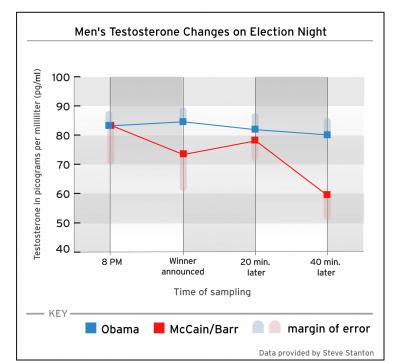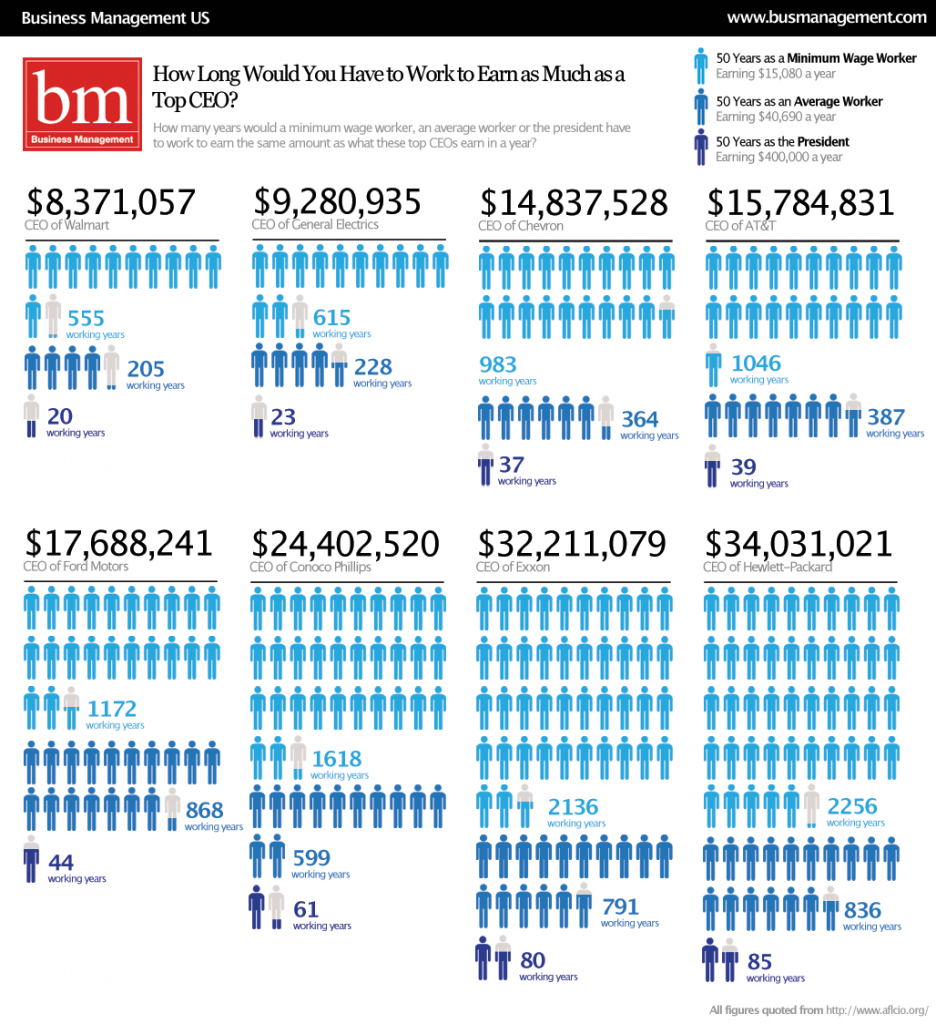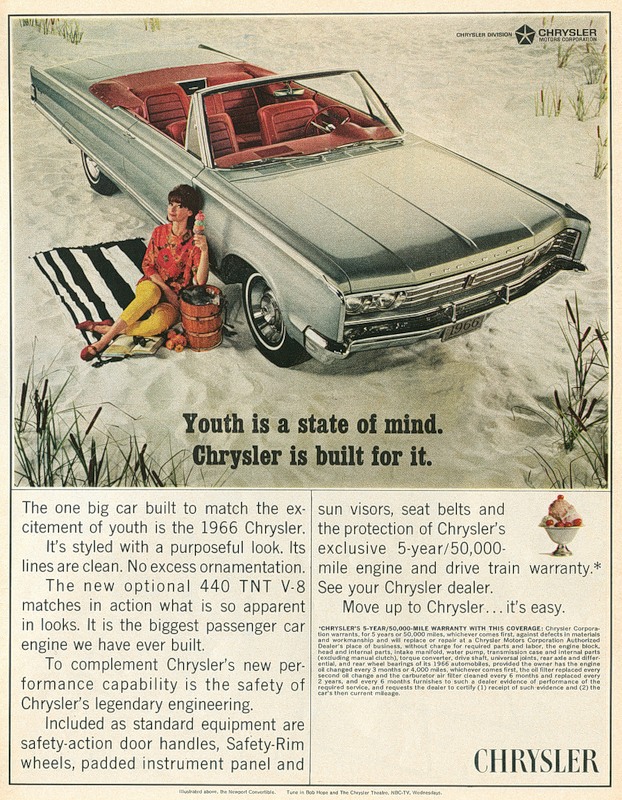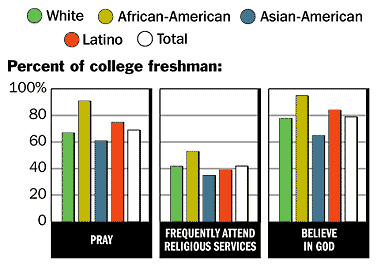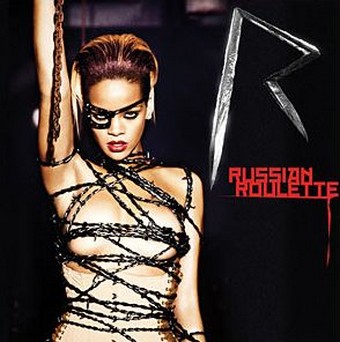I recently wrote a quite popular post, titled “What Do Women Want?”, based on data collected by the dating site OK Cupid (short story: women like it when men engage with their personality, not just their looks). Mary S. sent in a link to some of their data on race and response rate, with some fascinating findings.
First, OK Cupid measured the compatibility of people of different races. They found that, by and large, race doesn’t impact compatibility scores:

Then they looked at response rates. When a man writes an inquiry email to a woman, what is the chance that that woman will write back? Here is the data:
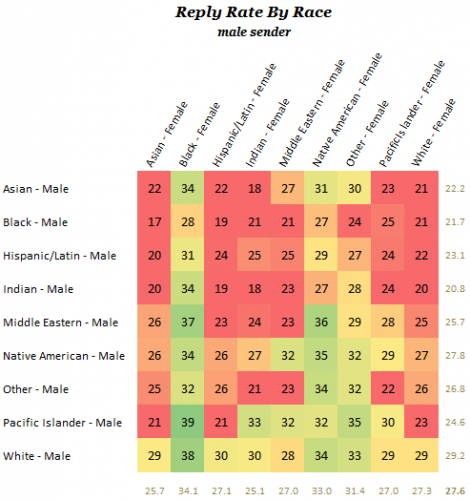
What this table shows is that race matters. OK Cupid breaks it down:
Black women… are by far the most likely to reply to your first message. In many cases, their response rate is one and a half times the average, and overall black women reply about a quarter more often.
…white males just get more replies from almost every group.
White women prefer white men to the exclusion of everyone else—and Asian and Hispanic women prefer them even more exclusively. These three types of women only respond well to white men. More significantly, these groups’ reply rates to non-whites is terrible. Asian women write back non-white males at 21.9%, Hispanic women at 22.9%, and white women at 23.0%. It’s here where things get interesting, for white women in particular. If you look at the match-by-race table before this one, the “should-look-like” one, you see that white women have an above-average compatibility with almost every group. Yet they only reply well to guys who look like them.
And how do men respond to women?
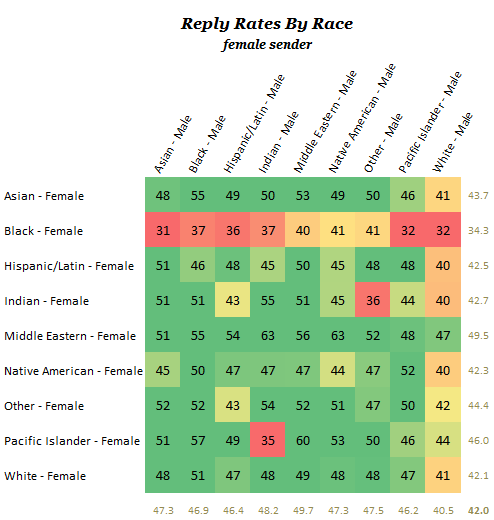
OK Cupid again:
Men don’t write black women back. Or rather, they write them back far less often than they should. Black women reply the most, yet get by far the fewest replies. Essentially every race—including other blacks—singles them out for the cold shoulder.
White guys are shitty, but fairly even-handed about it. The average reply rate of non-white males is 48.1%, while white guys’ is only 40.5%. Basically, they write back about 20% less often.
To sum, white men appear to have the most dating capital in the online dating world, while black women seem to have the least. This means that white men can sit back and enjoy the adulation, while black women are required to do more outreach to men to get the same results.
This makes sense give the way in which race is gendered.
For more, read Restaurant Refugee’s experiment comparing responses on OK Cupid to an identical profile with pictures of a white person and a person of color.
UPDATE: Duran2, Dave, and Assaf critiqued my comment about white men sitting back and enjoying the adulation as both inaccurate and unfair. Point taken. I apologize.
For more, see our posts on asymmetry in interracial marriage and how Asian women are marketed to white men.
—————————
Lisa Wade is a professor of sociology at Occidental College. You can follow her on Twitter and Facebook.

